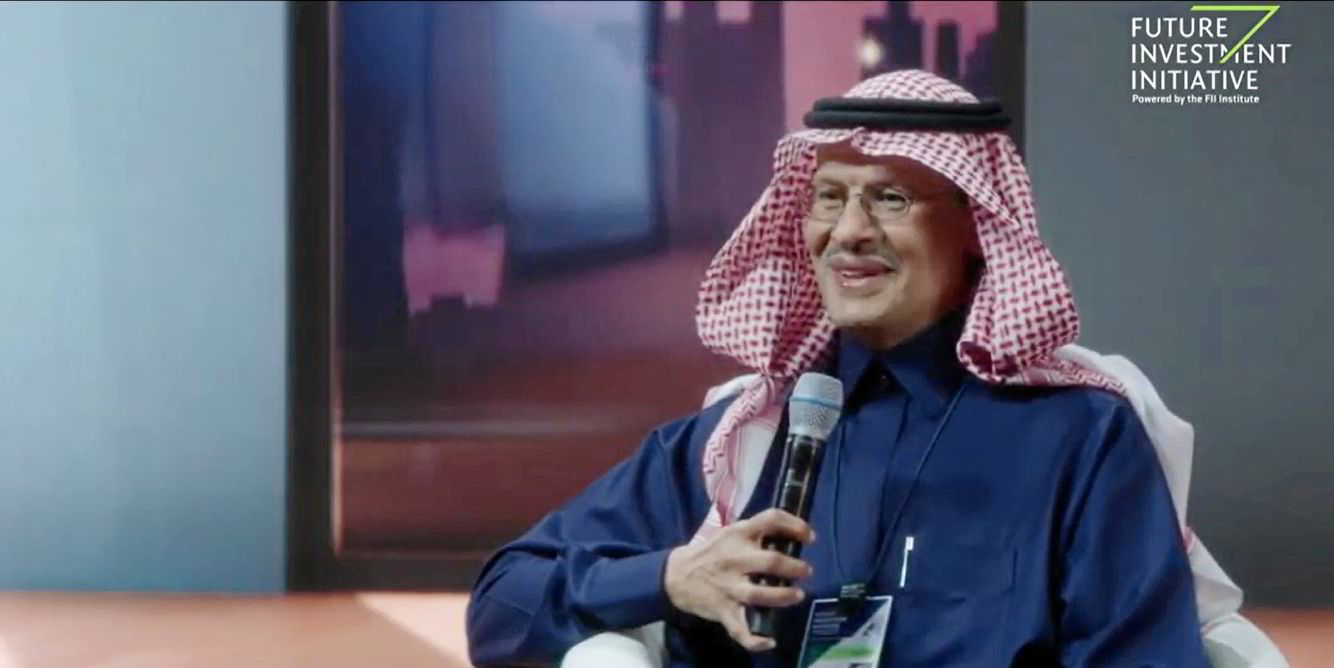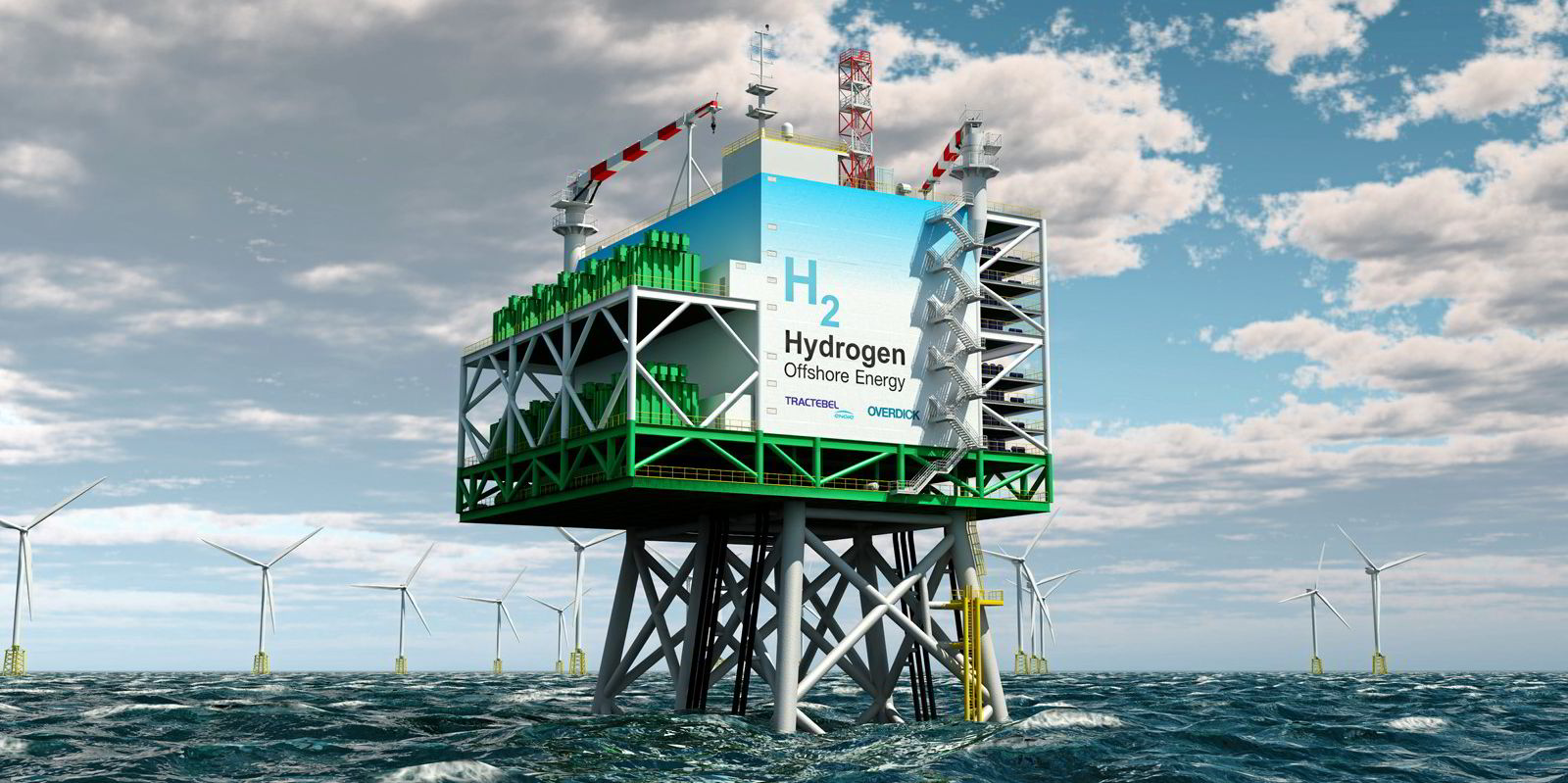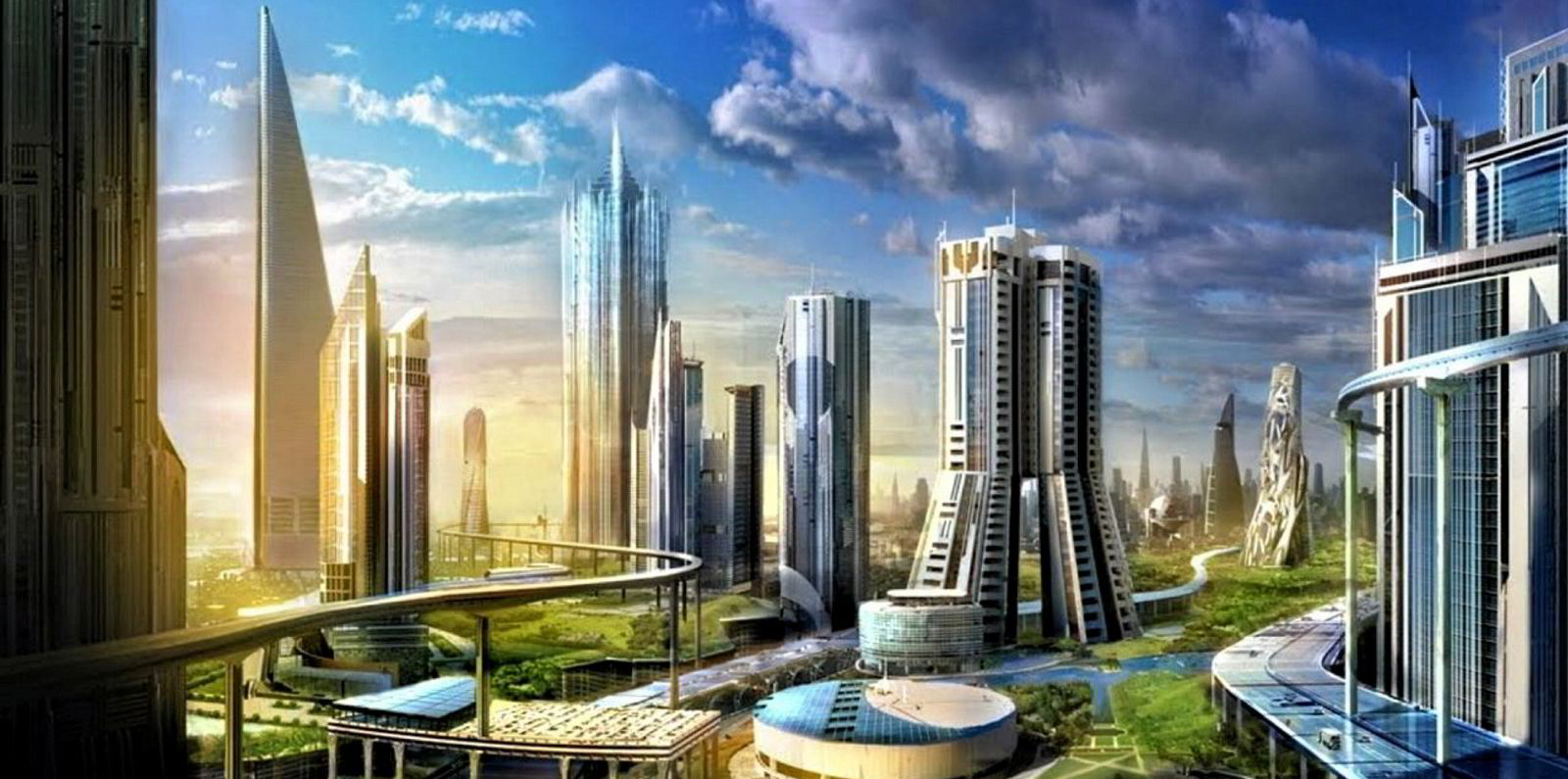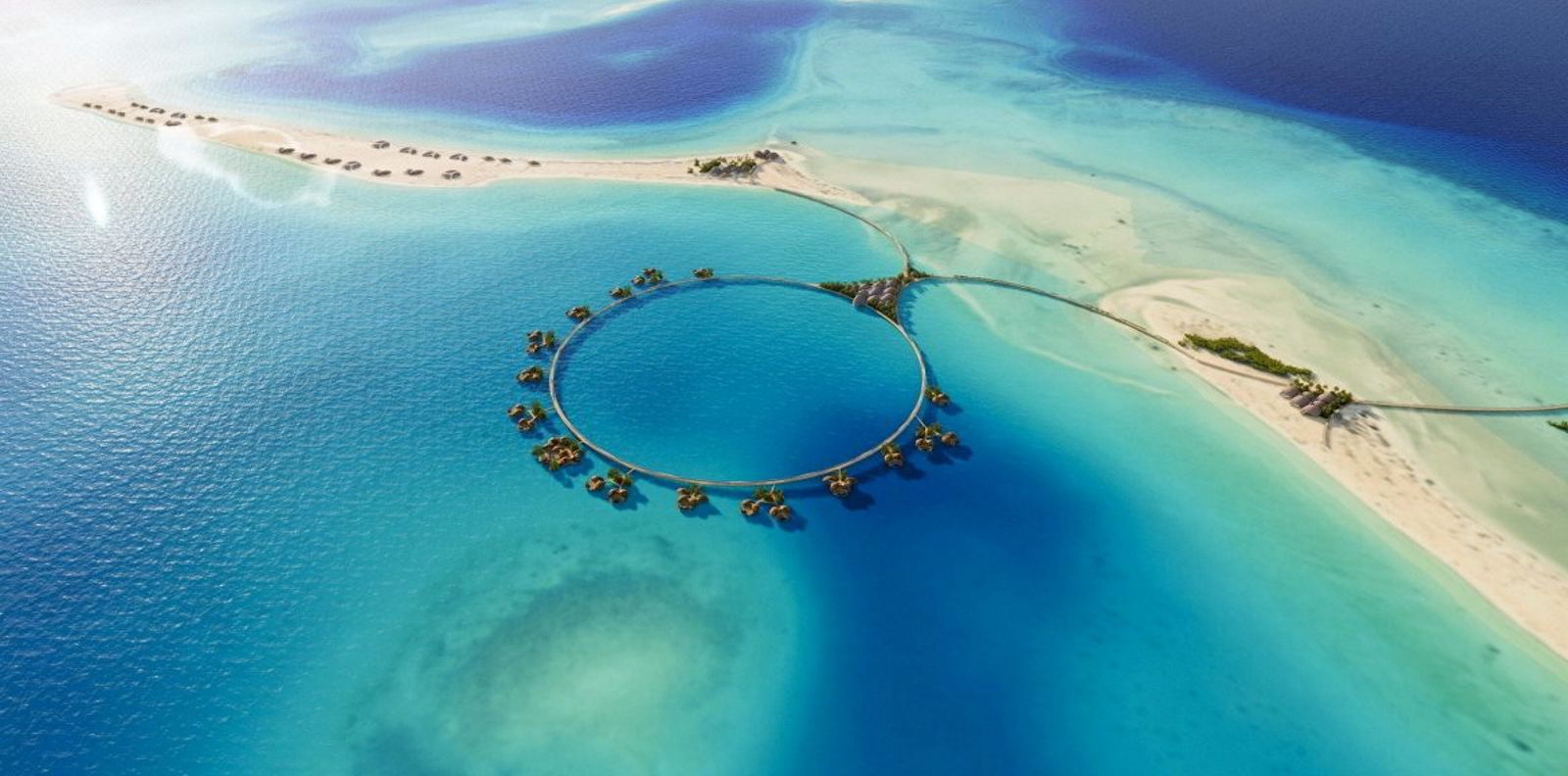Saudi Arabia has said that it is committed to becoming carbon neutral and that it wants to derive 50% of its electricity from renewables by 2030.
“We will be another Germany when it comes to renewables,” energy minister Prince Abdulaziz bin Salman told the Future Investment Initiative (FII) conference in Riyadh.
He added that the country — one of the world’s highest emitters of CO2 per capita — was committed to carbon neutrality, but did not say when it hoped to achieve that aim. The minister, who is the fourth son of King Salman bin Abdulaziz, also said the nation was working on developing green and blue hydrogen projects in conjunction with many other countries. “We will be pioneering [in this space],” he added.
The 50% renewables goal announced by bin Salman will require a serious amount of investment. According to the International Energy Agency, less than 0.05% of its electricity supply came from renewable energy in 2018 — its latest available figures.
About 42% of the kingdom’s power was produced from oil that year, making it the world’s largest consumer of oil for electricity production, with the remaining 57.8% of electricity derived from natural gas.
Bin Salman told the FII event that oil would not be used for electricity generation in 2030, with the remaining 50% of the power supply coming from natural gas.
It is not the first time that Saudi Arabia has promised a renewables revolution. In 2016, it unveiled its Vision 2030 plan, which set a goal of producing 60GW of green energy by 2030, and held several gigawatts of national tenders. But little seems to have been installed.
According to the International Renewable Energy Agency (Irena), the country had only installed 397MW of renewable energy by the end of 2019, 394MW of which was solar power.
And analyst GlobalData reported earlier this month that no megawatt-scale solar projects were commissioned in Saudi Arabia in 2020, even though more than 1GW of installations had been expected.
The analyst suggests that this was because the country had attempted to renegotiate power prices that it had previously agreed in its national tenders — an apparent attempt to reduce its solar energy costs to be more in line with the extremely low prices seen elsewhere in the Middle East.
In 2018, Saudi Arabia revised its clean-energy goals, increasing its 2023 renewables target from 9.5GW to 27.3 (including 20GW of PV and 7GW of wind), and moved its 2030 target to 58.7GW in 2030 (40GW of PV, 16GW of wind and 2.7GW of concentrating solar power).
GlobalData reported that if this 2030 target was achieved, it would only produce 12-14% of Saudi Arabia’s electricity supply.




